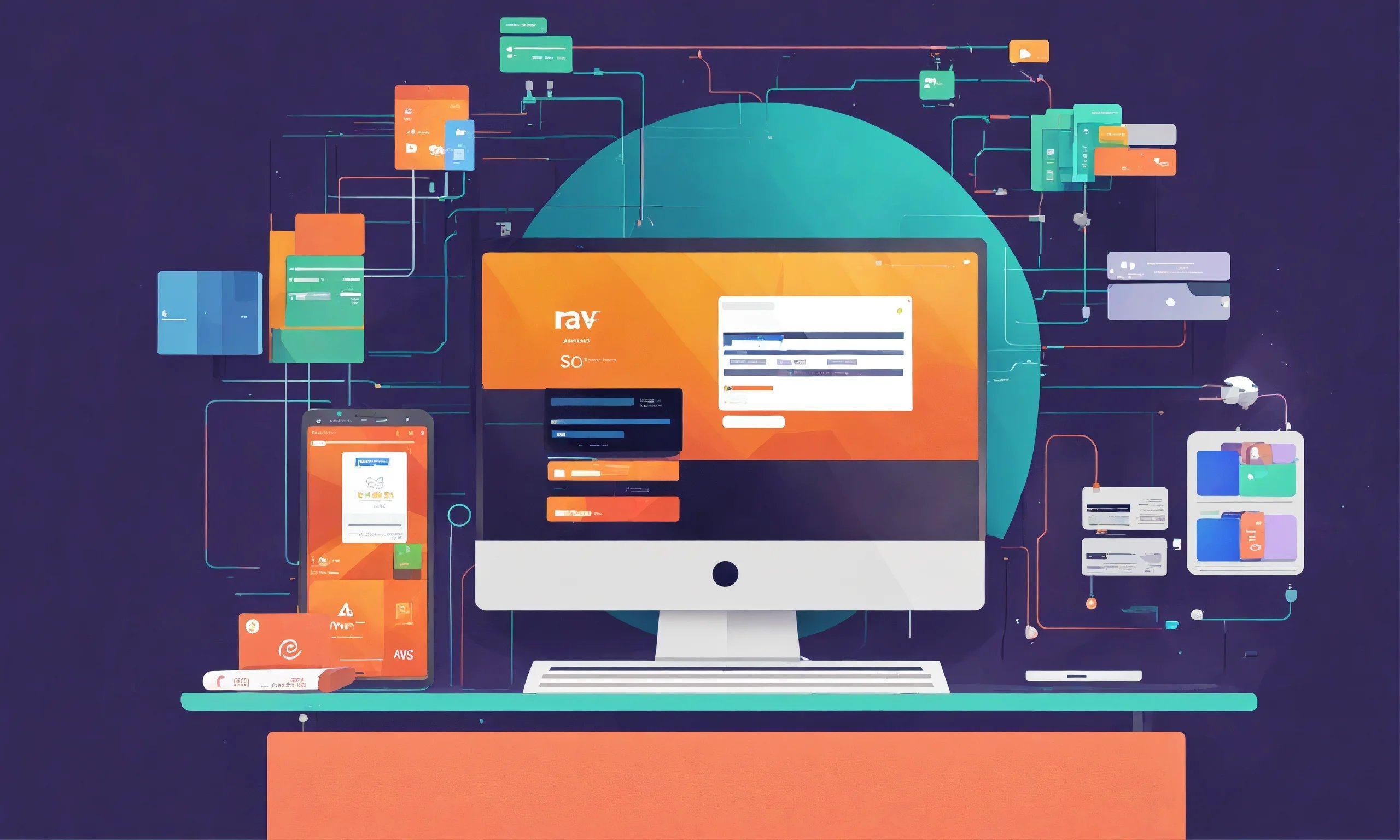How to Choose the Right Technology Stack for a Project

Choosing the right tech stack for your project is one of the most critical decisions you'll face as a developer or project manager. The tech stack you select will directly impact the project’s performance, scalability, and maintainability. In this guide, we'll explore how to choose technologies based on project type, budget, and development team, ensuring that you make an informed decision that aligns with your goals.
Understanding Tech Stack
A tech stack comprises the combination of programming languages, frameworks, libraries, and tools used to develop a software application. It is typically divided into two main categories:
Front-end: Technologies used to create the user interface and user experience. Common front-end languages include HTML, CSS, and JavaScript, along with frameworks like React, Angular, and Vue.js.
Back-end: Technologies that manage server-side logic, databases, and application integration. Common back-end languages include Node.js, Python, Ruby, Java, and PHP, often paired with frameworks like Express, Django, Ruby on Rails, or Spring.
Step 1: Define Your Project Type
The first step in choosing the right tech stack is understanding the type of project you’re working on. Here are a few common project types and suitable tech stacks for each:
Web Applications: For dynamic, interactive web applications, consider a stack like MERN (MongoDB, Express, React, Node.js) or LAMP (Linux, Apache, MySQL, PHP). These stacks provide robust tools for both front-end and back-end development.
Mobile Applications: If you're developing a mobile app, you might choose native technologies (like Swift for iOS or Kotlin for Android) or cross-platform frameworks like React Native or Flutter to streamline development for both platforms.
Enterprise Applications: For complex business solutions, Java with Spring Boot or .NET are often preferred for their scalability, security, and integration capabilities with enterprise systems.
E-commerce Sites: Consider platforms like Magento, Shopify, or a custom stack with Laravel (PHP) and Vue.js for a more tailored experience.
Step 2: Assess Your Budget
Budget is a significant factor that can influence your choice of tech stack. Consider the following points:
- Development Costs: Some technologies require more specialized skills, which can drive up costs. For example, hiring a team proficient in a niche framework may be more expensive than using more commonly known technologies.
- Maintenance and Scalability: Think about long-term costs associated with maintenance and scalability. Opting for a more expensive but scalable solution may save you money in the long run if you anticipate significant growth.
- Licensing Fees: Be aware of any licensing fees for specific technologies. Open-source solutions are often less expensive but may come with trade-offs in terms of support and features.
Step 3: Evaluate Your Development Team
Your development team's skills and experience play a crucial role in selecting the right tech stack. Here are some considerations:
- Skillset: Choose technologies that your team is already familiar with. This will reduce the learning curve and enable faster development.
- Availability of Talent: If you need to hire additional team members, ensure that there is a sufficient talent pool for the technologies you choose. Popular frameworks and languages typically have a larger pool of developers.
- Team Size: For smaller teams, it may be beneficial to choose technologies that allow for rapid development and deployment, such as low-code or no-code platforms.
Step 4: Prioritize Performance and Scalability
Performance and scalability are critical for any project, especially if you anticipate high traffic or a growing user base. Consider the following:
- Framework Performance: Some frameworks are optimized for speed and can handle more concurrent users. Research the performance benchmarks of different frameworks.
- Database Scalability: Choose databases that can scale easily, such as NoSQL databases (e.g., MongoDB) for large amounts of unstructured data or traditional RDBMS (e.g., PostgreSQL) for structured data with complex queries.
Step 5: Future-Proof Your Tech Stack
Technology evolves rapidly, so it’s essential to choose a tech stack that can adapt to future developments. Consider:
- Community Support: Technologies with a strong community backing often receive regular updates, security patches, and a wealth of resources.
- Flexibility: Look for stacks that allow you to integrate new technologies easily. For example, microservices architecture can provide the flexibility to update individual components without affecting the entire application.
Conclusion
Selecting the right tech stack for your project is a multifaceted decision that requires careful consideration of your project type, budget, and development team's expertise. By following the steps outlined in this guide, you can make an informed choice that aligns with your project goals, ensuring successful development and deployment. Remember, the right tech stack is not just about the latest trends; it’s about finding a solution that works best for your specific needs and constraints.

